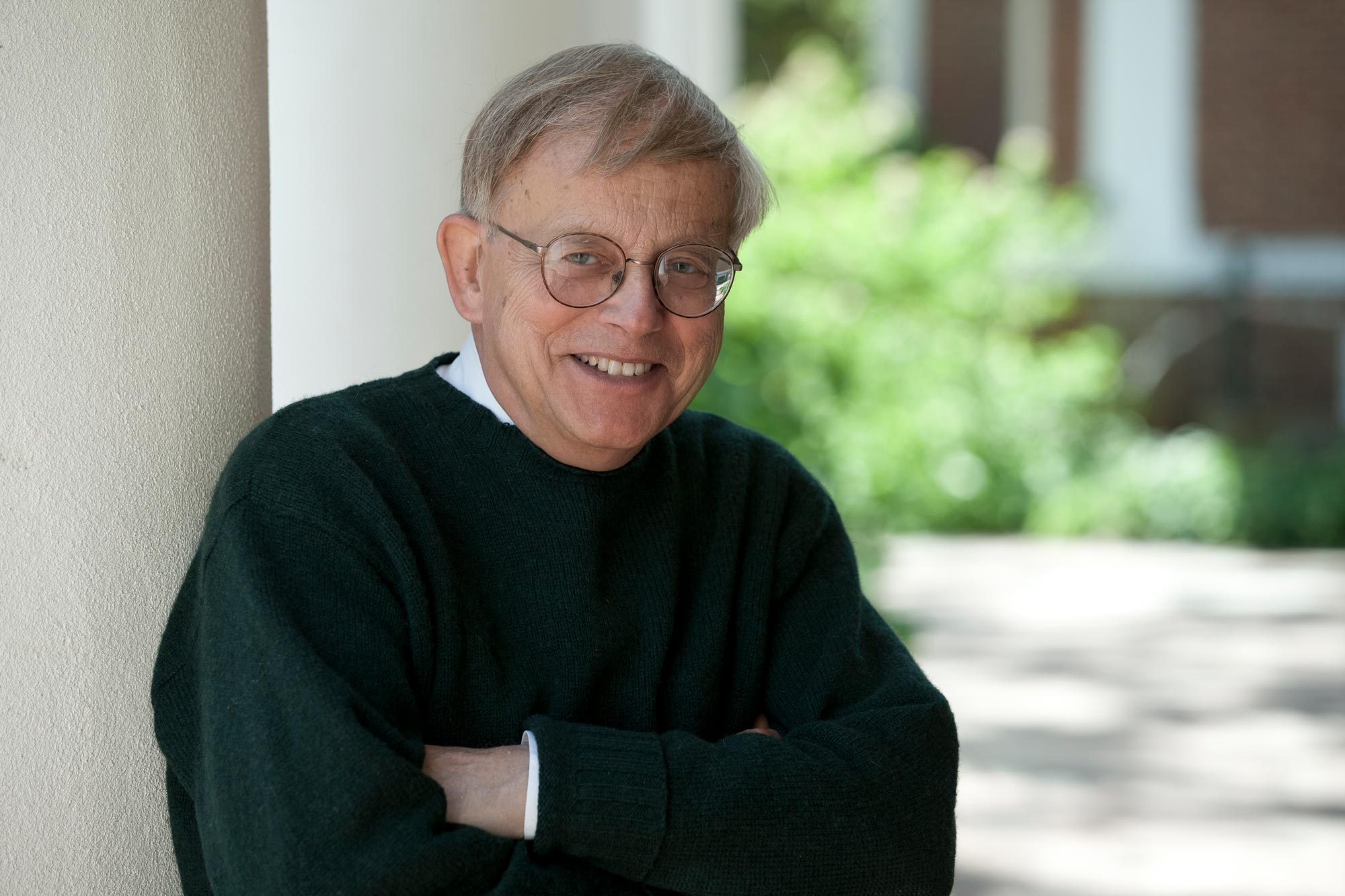Alexander G. “Sandy” Gilliam Jr. was at the University of Virginia longer than he wasn’t. An alumnus, he served as a special assistant to four presidents, secretary to the Board of Visitors and University historian.
Besides being a historian, Gilliam, who died Saturday at the age of 91, was a raconteur and an old-fashioned gentleman. He had a conspiratorial way of telling a story, as if he were letting you in on a secret he had carried forever, giving you all the details.
“The great thing about Sandy was that when you went to him with a question, you got not only an answer, but full commentary about what happened – what the background was, what the outcome was, who was involved, what their motivations were, who was happy, who was angry – a full explanation,” said Brian Hogg, the senior historic preservation planner in the Office of the Architect, “often along with a couple of other stories that had some tangential relationship to your original question.
“He wasn’t someone to go to for a quick answer; he was someone to go to for a complete and colorful answer.”
Gilliam was an expert on the University, in part because it was a family tradition.
“The first Gilliam came here in 1829, and the family has [since] shown remarkably little imagination about the choice of college,” Gilliam once said.
In the late 1930s, Mary Proffit, secretary to Ivey Lewis, the dean of the College of Arts & Sciences, told the then-4-year-old Gilliam he would attend UVA, as had his father. And he did, earning a history degree in 1955 and later taking several graduate courses. Gilliam’s son, Alexander Gilliam III, graduated from the University in 1997.
Sandy Gilliam wasn’t always at UVA. He worked in counterintelligence in the U.S. Army and, after a year of graduate school at UVA, taught at St. Christopher’s School, an all-male private college preparatory school in Richmond. He joined the U.S. foreign service in the early 1960s, specializing in the Middle East. After two years at the embassy in Tel Aviv, Israel, Gilliam was reassigned to Chad, in Africa, where he also ran a consulate in neighboring Cameroon for several months.
But UVA was never far from his mind.
“The new administrative officer and his wife arrived and a couple of months later their daughter, a student at one of the universities around Washington, took a semester off to live with her parents in Africa,” Gilliam remembered. “They had a party to introduce her to people at the embassy and I turned up in my Bass Weejuns. She took one look at my shoes and said ‘You went to UVA, didn’t you?’”









